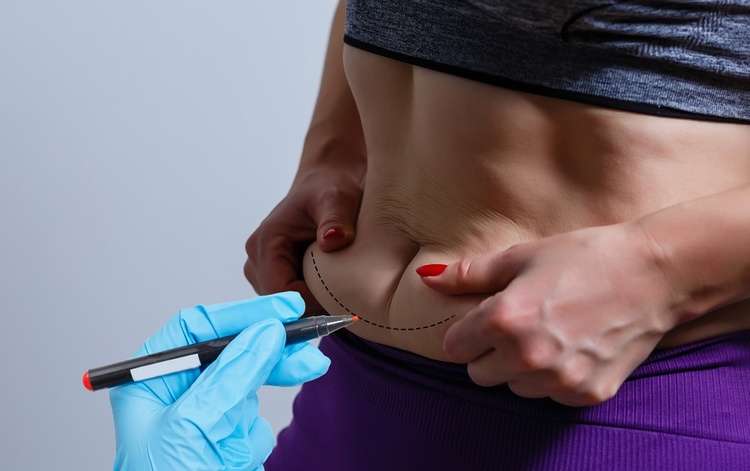Fat Removal: Safe Options for Body, Skin and Health
Fat removal procedures have become more common as people seek targeted ways to change body contours, improve skin appearance, or address stubborn fat pockets that diet and exercise haven’t touched. This article explains common approaches, what to expect from different treatments, and how choices can affect overall health and skin quality. The goal is to help you understand options, realistic outcomes, and safety factors so you can discuss them knowledgeably with a clinician or local services in your area.

This article is for informational purposes only and should not be considered medical advice. Please consult a qualified healthcare professional for personalized guidance and treatment.
What body areas can be treated?
Fat removal techniques can target many areas of the body where localized fat tends to accumulate. Common sites include the abdomen, flanks (love handles), thighs, upper arms, back, chin and neck. Different procedures are better suited to specific regions: for example, microsuction or liposuction variants may be preferred for larger volumes on the abdomen or thighs, while non‑invasive options like cryolipolysis or injection lipolysis are often used for smaller pockets such as the chin. A practitioner will assess skin laxity, the amount of fat, and overall body proportion to recommend the most suitable approach.
How does fat removal work?
Mechanisms vary by method but all aim to reduce or reshape fat deposits. Surgical liposuction mechanically removes fat cells through a cannula, delivering immediate volume reduction. Non‑surgical options work differently: cryolipolysis freezes fat cells, causing gradual cell death and clearance by the body; radiofrequency or ultrasound heats fat to disrupt cells and tighten tissue; injection-based lipolysis uses enzymes or detergents to dissolve fat. Results depend on the chosen technique, the area treated and the body’s response; multiple sessions may be needed for non‑invasive treatments and full results often appear over weeks to months.
What treatment options are available?
There are broadly two categories: surgical and non‑surgical. Surgical liposuction provides more dramatic, immediate contour change but requires anaesthesia and downtime. Variants such as tumescent liposuction, laser‑assisted or ultrasound‑assisted liposuction refine the approach. Non‑surgical treatments include cryolipolysis (fat freezing), radiofrequency, high‑intensity focused ultrasound (HIFU), and injection lipolysis (e.g., deoxycholic acid for small fat pockets). Choice depends on the treatment goals, tolerance for recovery time, budget, and medical suitability. Discuss candidacy and realistic expectations with accredited practitioners or local services.
How does fat removal affect health?
When performed safely, fat removal can improve physical comfort, self‑confidence and mobility for some patients, but it is not a substitute for healthy diet and exercise. Surgical procedures carry typical operative risks: bleeding, infection, fluid shifts and anaesthesia‑related complications. Non‑surgical treatments have lower immediate risk but can cause temporary redness, swelling, numbness or rare nerve effects. Removal of large fat volumes can alter metabolic dynamics; however, targeted fat removal does not typically cause systemic weight loss. Pre‑treatment health assessment and follow‑up care are important to minimise risks and ensure safe outcomes.
What happens to the skin after treatment?
Skin response depends on elasticity and the technique used. Surgical liposuction can leave the skin with improved contour if elasticity is good, but loose skin may worsen after large-volume fat removal. Some technologies (radiofrequency, laser‑assisted procedures) promote tissue tightening and collagen remodelling, improving skin appearance. Non‑invasive fat reduction often leads to gradual improvement with minimal scarring. Scarring and skin irregularities are potential complications; experienced practitioners use methods to reduce these risks. Post‑procedure skin care, compression garments and adherence to recovery guidance help optimise cosmetic results.
Conclusion
Fat removal encompasses a range of procedures from surgical liposuction to non‑invasive fat‑reducing technologies. Selecting the right option depends on targeted body areas, desired outcomes, tolerance for downtime, and personal health. A thorough consultation with a qualified clinician or accredited local services will clarify candidacy, expected results and safety considerations. Make decisions based on verified clinical information and personalised medical advice rather than marketing claims.




